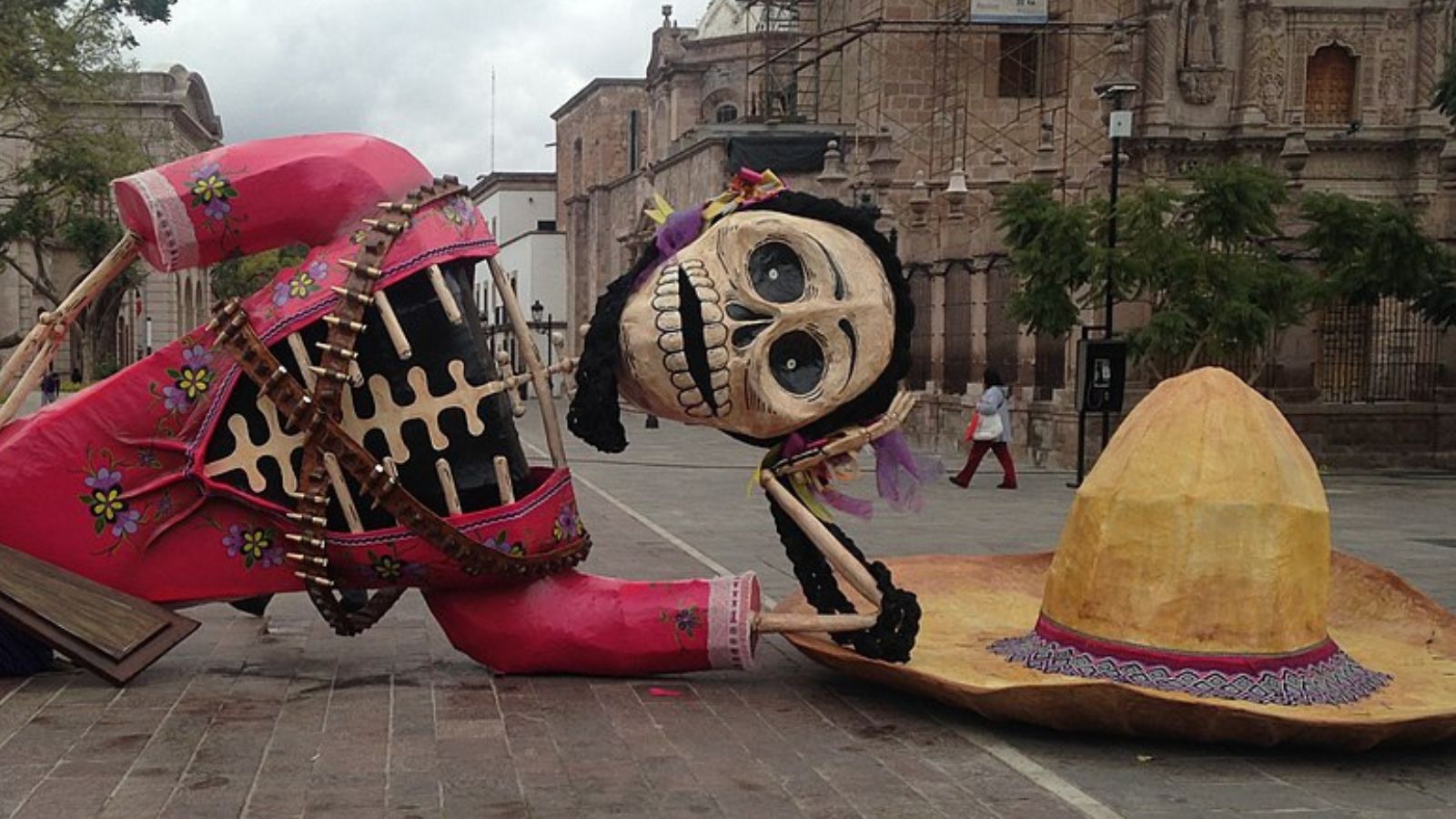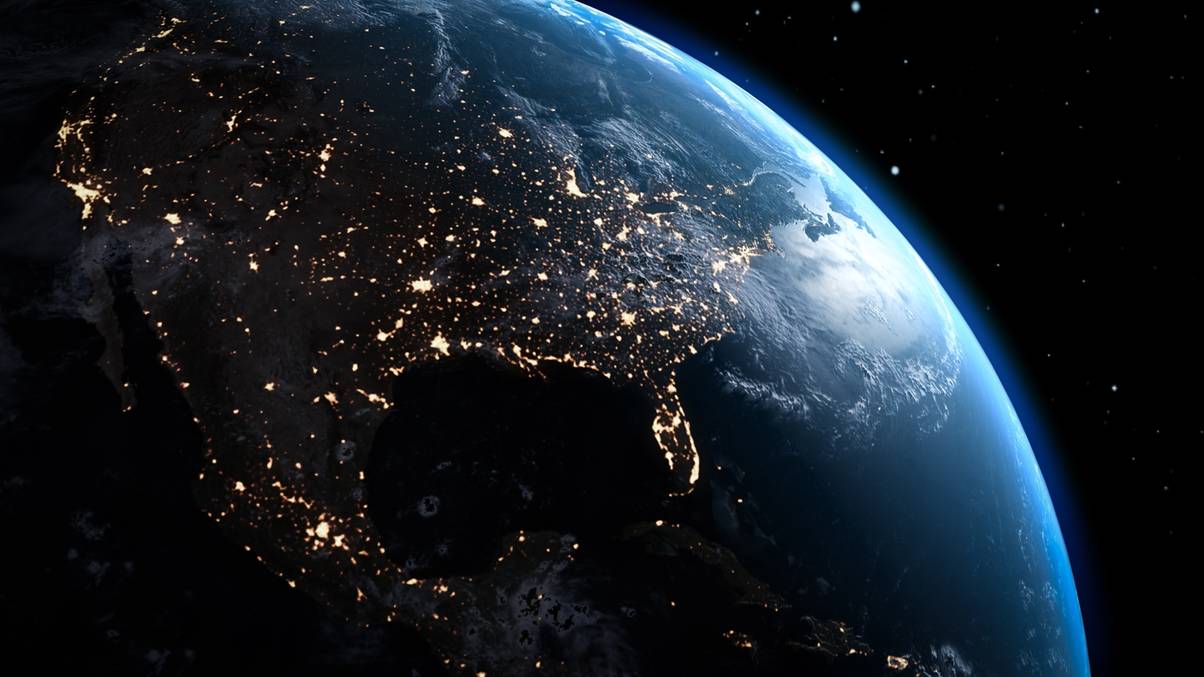Unveiling the Hidden Truths Behind Dia de Los Muertos: 13 Revelations You Never Knew
If you think “sharing is caring” only applies to memes and leftover pizza, prepare to have your worldview transformed. Let me ask you—how many celebrations do you know where you toss a party for the dearly departed, eat bread shaped like bones, and encourage butterflies to drop by as spiritual VIPs? Welcome to Dia de los Muertos: the vibrant, audacious answer to the question, “What if remembering your ancestors involved more marigolds and fewer ghost stories?” Unlike the corporate cobwebs and plastic skeletons haunting Halloween aisles, this Mexican holiday is a technicolor celebration of what makes life—and afterlife—worth sharing. We’re talking about a living tradition where the border between worlds is more blurred than my vision after too much late-night blogging .
As someone who’s weathered more Google updates than there are varieties of pan de muerto (SEO folks, you know the pain), I have to admire a holiday that’s managed to avoid becoming just another victim of commercialization . The stories, laughter, and rituals passed down aren’t for sale on aisle nine. They’re meant to be experienced—shared, even—across generations (and maybe a few timelines if the spirits are feeling generous) .
So, what really makes Dia de los Muertos tick beneath all that marigold confetti and sugar skull frosting? Buckle up. I’m about to drop 12 quirky, insightful facts that’ll have you rethinking what it means to honor your past, celebrate your present, and—who knows—maybe even book a spontaneous trip to Mexico .
Dia de los Muertos, or Day of the Dead, is not the stereotypical commercialized holiday filled with consumerism (we’re looking at you, Halloween).
Unlike Halloween, which has an intentionally eerie feel, this Mexican celebration is a beautiful homage to life and remembrance. It’s a time when families believe the boundaries between the living and the deceased blur, allowing them to reconnect and honor those lost.
Dia de los Muertos is a deeply rooted tradition that celebrates the present and provides a hopeful look toward the future, embracing the natural cycle of life and death. Beneath the colorful streamers and marigolds, the festival is filled with meaning, reminding us of the lasting impact our loved ones leave on us. Curious to learn more about this vibrant holiday?
Let’s look at 12 quick and insightful facts that capture the essence of Dia de los Muertos that might have you booking a trip to Central or South America to experience this vibrant holiday.
1. A Day Beyond the Skeletons and Festivities

Image Credit: Lee Russell – Farm Security Administration, Public Domain
To be clear, Dia de los Muertos is not a Mexican Halloween.
While skeletons and decorations might suggest a connection, this celebration diverges significantly from Halloween. Instead, the focus is on joy as families honor their deceased with love and respect. The festival begins at midnight on October 31st, when it is believed that heaven’s gates open to allow ancestors to reunite with their families.
2. It’s a Three-Day Extravaganza

Image Credit: bettorodrigues at Depositphotos.com.
This celebration isn’t confined to a single night.
From October 31st to November 2nd, Dia de los Muertos unfolds into a lively three-day event. November 1st, known as Dia de los Inocentes, is dedicated to the spirits of children, while November 2nd commemorates adult ancestors, creating a comprehensive tribute to the familial lineage.
3. Altars of Love and Memory are Built

Image Credit: Depositphotos.com.
Central to the celebration are the ofrendas, or altars, lovingly assembled by families.
These altars, adorned with photos, favorite treats, and personal mementos, serve as a heartfelt welcome for the visiting spirits. Each token is carefully chosen and food prepared, ensuring that the stories of ancestors are passed down through generations.
4. Beautiful Culinary Traditions

Image Credit: Depositphotos.com.
Sugar skulls, or calaveras de azúcar, are a delightful symbol of this festival. They are meant to remind everyone of the sweetness of life and the acceptance of death as a natural cycle. There are two different sizes of skulls, small ones for treats and decoration and large ones with the names of the deceased family members on them.
Pan de muerto, or bread of the dead, is another culinary tradition. This sweet and fluffy bread with anise seeds is shaped into bone-like pieces and adorned with colorful icing. It’s treated as a sacred offering for the spirits who return to visit their loved ones.
5. Ancient Roots to Modern Times

Image Credit: bettorodrigues at Depositphotos.com.
The origins of Dia de los Muertos can be traced back to Aztec traditions, where death was viewed as a continuous cycle. It became a blend of many cultures and traditions to become the Mexican holiday it is today.
Today, visiting cemeteries is a cherished tradition during the festival. Families gather to clean and decorate graves, transforming somber spaces into vibrant reunions filled with music, food, and shared memories.




















Post Comment